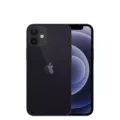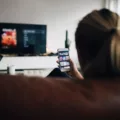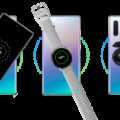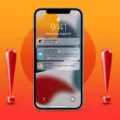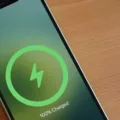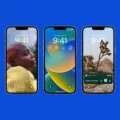The iPhone 13 is a powerful and sleek device that offers a host of features and capabilities. However, like any electronic device, it is not immune to charging issues. If you find that your iPhone 13 is not charging, there could be a few reasons for this frustrating problem.
One common cause of a non-charging iPhone 13 is a dirty or damaged charging port. Over time, debris such as lint, dust, or even pocket lint can accumulate in the charging port, obstructing the connection between the lightning cable and the device. This can prevent the flow of power and result in your iPhone 13 not charging. To fix this issue, you can gently clean the charging port using a toothpick or a small brush. Be careful not to damage the port in the process.
Another cause of a non-charging iPhone 13 could be a defective or damaged charging accessory. If you are using a third-party charging cable or adapter that is not Apple-certified, it may not work properly with your iPhone 13. Apple-certified accessories are designed to meet the technical standards set by Apple and ensure a safe and reliable charging experience. If you suspect that your charging accessory is the culprit, try using a different cable or adapter, preferably an Apple-certified one, to see if that resolves the issue.
The connection between your iPhone 13 and the charging cable itself can also be a source of charging problems. If your lightning cable is damaged, it may not be able to establish a proper connection with your device, leading to charging issues. Even if the damage is not visible, the internal wiring of the cable could be compromised. In such cases, replacing the cable with a new one, preferably an Apple-branded or Apple-certified cable, can often solve the problem.
In some cases, a software glitch or a temporary issue with your iPhone 13’s system can cause it to stop charging. To troubleshoot this, you can try restarting your device by holding down the power button and sliding the “power off” slider. Once the device is off, press and hold the power button again until the Apple logo appears, indicating that the device is restarting. This simple step can sometimes resolve minor software issues and restore the charging functionality.
If none of the above solutions work and your iPhone 13 still refuses to charge, it may be time to seek professional help. Reach out to Apple Support or visit an Apple Store to have your device inspected and repaired by certified technicians. They will be able to diagnose the issue and recommend the appropriate course of action to get your iPhone 13 charging again.
If your iPhone 13 is not charging, it can be a frustrating experience. However, by checking the charging port, using Apple-certified accessories, ensuring a proper connection, and troubleshooting software issues, you can often resolve the problem on your own. If all else fails, seeking professional assistance is the best option. Remember, taking care of your charging equipment and keeping them clean can help prevent charging issues in the future.
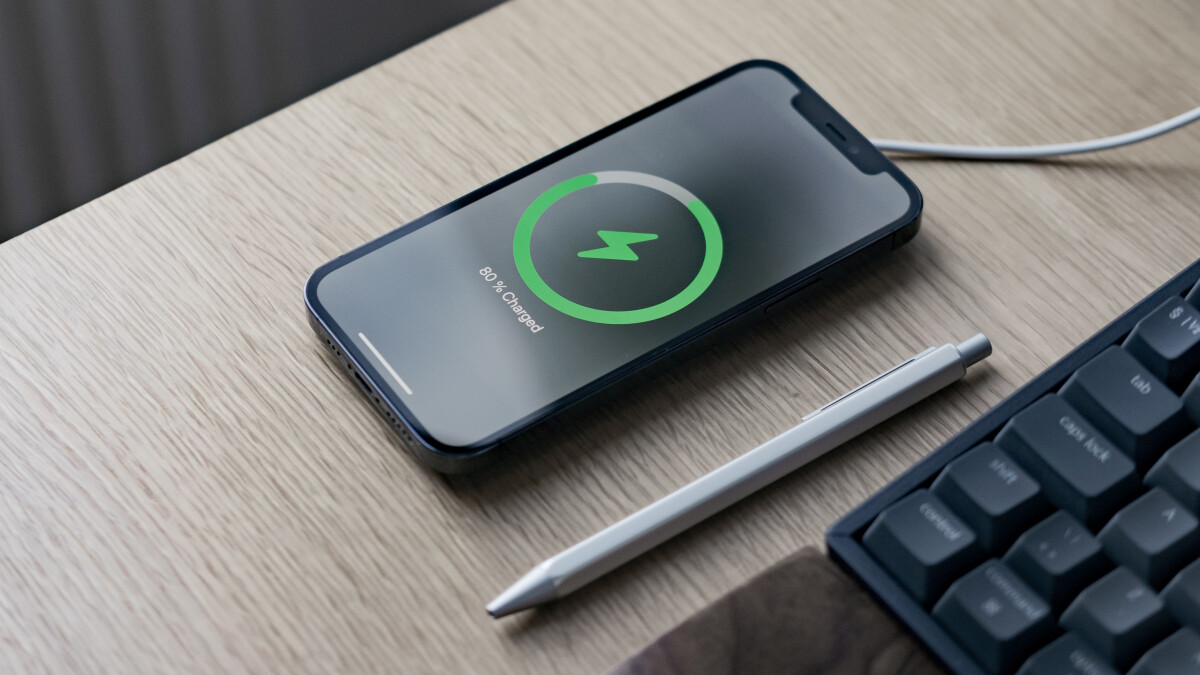
Why is Your iPhone 13 Not Charging When Plugged In?
There are several possible reasons why your iPhone 13 may not be charging when plugged in:
1. Dirty or damaged charging port: If there is debris or dirt in the charging port of your iPhone 13, it can prevent proper contact between the charging cable and the port. This can result in charging issues. Similarly, if the charging port is damaged or not functioning properly, it can also prevent your device from charging.
2. Defective or damaged charging accessory: The charging cable or adapter you are using might be defective or damaged. If the cable is frayed or the adapter is not working correctly, it can prevent your iPhone 13 from charging. It’s essential to use Apple-certified charging accessories as third-party or counterfeit products may not work reliably.
3. Software issues: Occasionally, software glitches or operating system bugs can cause charging problems. Restarting your iPhone 13 or updating to the latest iOS version can sometimes resolve these issues.
To troubleshoot and potentially resolve the charging problem, you can try the following steps:
– Check the charging port: Inspect the charging port of your iPhone 13 for any debris, dirt, or damage. If you find any, gently clean the port using a soft, dry brush or compressed air. Be careful not to cause further damage.
– Try a different charging cable and adapter: If you have access to another Apple-certified charging cable and adapter, try using them to charge your iPhone 13. If it charges successfully, it indicates that your original charging accessories may be faulty.
– Use a different power source: Plug your charging cable into a different power source, such as a different wall outlet or USB port on your computer. Sometimes, the issue may be with the power source rather than the charging cable or adapter.
– Restart your iPhone 13: Press and hold the power button until the “slide to power off” appears. Slide it to turn off your device, then press and hold the power button again to turn it back on. This can help resolve any temporary software glitches.
– Update iOS: Ensure that your iPhone 13 is running the latest version of iOS. Go to Settings > General > Software Update to check for any available updates and install them if necessary.
If none of these steps resolve the issue, it may be best to contact Apple Support or visit an authorized service center for further assistance.
Why Won’t Your iPhone Charge Even Though It’s Plugged In?
There could be several reasons why your iPhone won’t charge even though it’s plugged in. Let’s explore some possible causes and solutions:
1. Faulty charging cable: Check your lightning cable for any signs of damage, such as frayed wires or bent connectors. If you find any issues, try using a different cable to see if that resolves the problem.
2. Incompatible or low-quality charger: Ensure that you are using an Apple-certified charger or a reputable third-party charger that is specifically designed for your iPhone model. Cheap or counterfeit chargers may not provide enough power to charge your device properly.
3. Dust or debris in the charging port: Over time, the charging port on your iPhone can accumulate dust, lint, or debris, which may prevent a proper connection. Carefully inspect the charging port and use a soft brush or compressed air to clean it out. Be gentle to avoid causing any damage.
4. Software issues: Occasionally, software glitches can interfere with the charging process. Restart your iPhone by holding down the power button and sliding the power off slider. Once it’s off, turn it back on and see if that helps. If not, you can also try resetting your device’s settings by going to Settings > General > Reset > Reset All Settings. Note that this will not delete your data, but it will reset your personalized settings.
5. Faulty battery: If none of the above solutions work, it’s possible that your iPhone’s battery is defective or nearing the end of its lifespan. In this case, you may need to contact Apple support or visit an authorized service center to have your battery replaced.
Remember to try these troubleshooting steps one at a time to identify the specific cause of the problem. If none of these solutions work, it’s always a good idea to consult with a professional or reach out to Apple support for further assistance.
Conclusion
If you’re experiencing issues with your iPhone 13 not charging, there are several potential reasons to consider. Firstly, check the charging port on your device for any dirt or damage, as this can prevent a proper connection with the charging cable. Cleaning the port or having it repaired by a professional can help resolve this issue.
Another possibility is that your charging accessory, such as the cable or adapter, may be defective or damaged. It’s important to use Apple-certified accessories to ensure compatibility and avoid any potential issues. If you’re using a third-party cable, it’s possible that it may be damaged internally, even if it appears fine on the outside.
Additionally, the connection between the charging cable and the device could be compromised. Over time, frequent use and bending of the cable can lead to wear and tear, resulting in a faulty connection. If you suspect this is the case, try using a different cable to see if the issue persists.
In any case, it’s always a good idea to troubleshoot the issue by trying different solutions. Restarting your iPhone, updating its software, or even performing a factory reset can sometimes resolve charging problems. If none of these steps work, it’s recommended to contact Apple support or visit an authorized service center for further assistance.
Remember, it’s important to take proper care of your charging accessories and use certified products to ensure the longevity and reliability of your iPhone’s charging capabilities.

